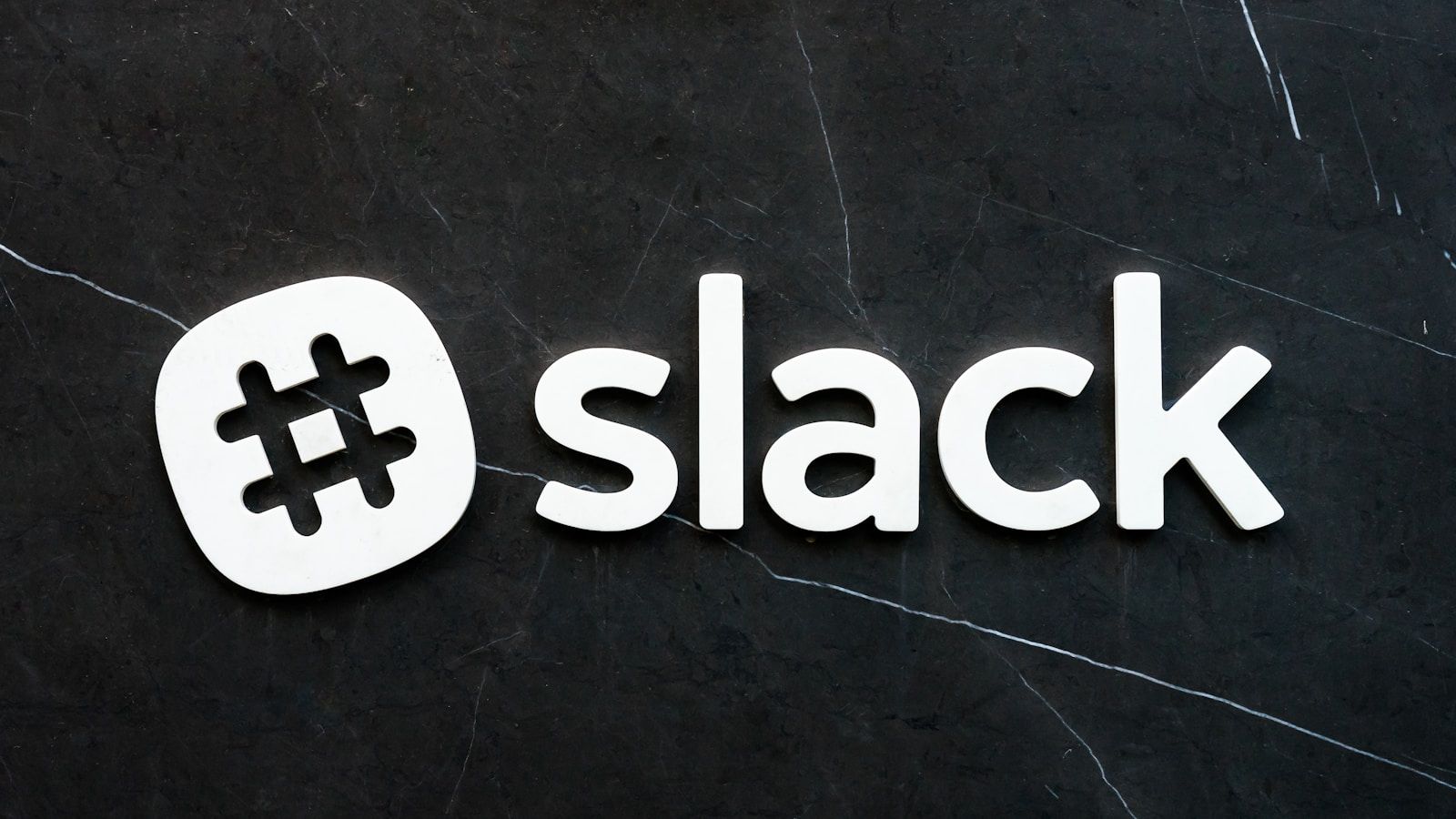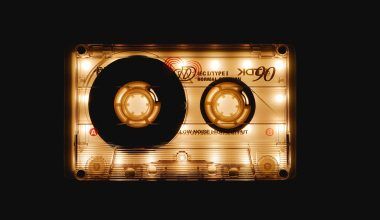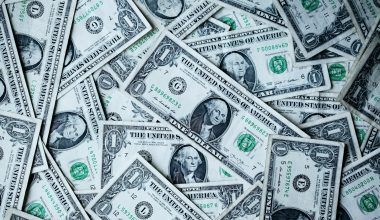If you’ve ever seen an album cover or a movie poster, chances are you’ve come across the iconic parental advisory logo. This black-and-white label has become a staple in popular culture, warning audiences about explicit content. But where did it come from? What does it really mean? And how has it shaped entertainment over the years? In this blog, we’ll dive deep into the history, significance, and impact of the parental advisory logo. We’ll keep things simple and easy to understand, so you can enjoy reading without any hassle.
What Is the Parental Advisory Logo?
The parental advisory logo is a label used to indicate that a piece of media, such as music, movies, or video games, contains content that might not be suitable for younger audiences. This label often appears as a black-and-white rectangle with the words “Parental Advisory: Explicit Content” printed inside. While it might seem straightforward, this little logo carries a lot of weight and has sparked countless debates.
Its primary purpose is to help parents make informed decisions about what their children consume. By signaling explicit content, it gives families a heads-up about material that might include strong language, violence, or sexual themes. However, the parental advisory logo has also become something of a cultural icon, recognized worldwide.
The Origins of the Parental Advisory Logo
The story of the parental advisory logo began in the 1980s. During this time, music was becoming edgier, with artists pushing boundaries and experimenting with explicit themes. Naturally, this caught the attention of concerned parents and politicians. The tipping point came in 1985 when the Parents Music Resource Center (PMRC) was founded. This organization aimed to address concerns about explicit lyrics in popular music.
Led by a group of influential women, including Tipper Gore, the PMRC pushed for clearer warnings on albums that contained inappropriate content. Their efforts led to Senate hearings, where musicians like Frank Zappa and Dee Snider defended artistic freedom. Despite the heated debates, the PMRC succeeded in introducing a labeling system. By 1985, the first version of the parental advisory logo made its debut, although it has evolved over time.
Why Was the Parental Advisory Label Created?
The parental advisory logo was created to bridge the gap between creative expression and parental concerns. On one hand, artists wanted the freedom to explore controversial themes without censorship. On the other, parents wanted tools to protect their children from potentially harmful material. The label offered a middle ground, allowing artists to release their work while giving parents a way to monitor content.
In many ways, the label’s creation was a response to changing societal norms. Music and entertainment were becoming more diverse, reflecting real-world issues and emotions. But this also meant that sensitive topics were being addressed more openly. The parental advisory label became a way to navigate this new landscape without stifling creativity.
How the Parental Advisory Logo Works
At its core, the parental advisory logo is a straightforward warning. It’s not meant to ban or restrict content but rather to inform. Here’s how it works:
- Placement: The logo is typically placed on the front cover of an album, near the bottom corner. In digital formats, it may appear alongside the track listing or description.
- Content Criteria: The label is applied to works that contain explicit language, themes, or imagery. This can include swearing, graphic violence, or mature subjects.
- Voluntary System: Interestingly, the use of the parental advisory logo is voluntary. Artists and record labels decide whether to include it based on the content of their work.
This system allows creators to take responsibility for their material while giving consumers a clear indicator of what to expect. It’s a balance between self-regulation and public awareness.
The Cultural Impact of the Parental Advisory Logo
Over the years, the parental advisory logo has become more than just a warning. It’s a symbol of rebellion, freedom, and authenticity. For many artists, having the logo on their work is almost a badge of honor, signifying that their music is raw and unapologetic. It’s a sign that they’re pushing boundaries and speaking their truth.
For consumers, especially younger audiences, the label often sparks curiosity. Let’s be honest: seeing the parental advisory logo can make a song or album seem more intriguing. It’s like a secret invitation to explore something edgy and exciting. This phenomenon has turned the label into a marketing tool, boosting the appeal of certain works.
The Debate Surrounding the Parental Advisory Logo
While the parental advisory logo serves an important purpose, it hasn’t been without controversy. Critics argue that the label can unfairly stigmatize certain works, leading to censorship or reduced access. For example, some retailers refuse to stock albums with the parental advisory, limiting their availability. Others worry that the label might discourage artists from tackling important but sensitive topics.
On the flip side, supporters believe the label is a valuable resource for families. It empowers parents to make informed decisions and fosters open conversations about media consumption. By knowing what their children are exposed to, parents can guide them through challenging topics and help them understand different perspectives.
How Has the Logo Evolved Over Time?
The parental advisory has undergone several changes since its inception. Early versions of the label were less standardized, with different designs and wording. By the 1990s, the Recording Industry Association of America (RIAA) introduced the version we recognize today. This standardization helped make the label more effective and widely understood.
In the digital age, the parental advisor has adapted to new formats. Streaming platforms like Spotify and Apple Music use it to flag explicit songs, while video platforms apply similar warnings to mature content. This evolution ensures that the label remains relevant and useful in an ever-changing media landscape.
How to Talk to Kids About the Parental Advisory Logo
If you’re a parent, the parental advisory can be a great starting point for discussions about media and values. Here are some tips for having those conversations:
- Explain the Logo: Make sure your child understands what the parental advisory logo means and why it’s there. Use simple language to describe explicit content.
- Set Boundaries: Discuss what types of media are appropriate for their age and why. This helps establish clear expectations.
- Encourage Openness: Invite your child to ask questions and share their thoughts. This creates a safe space for dialogue and understanding.
By approaching the topic with empathy and curiosity, you can help your child navigate media responsibly.
Fun Facts About the Parental Advisory Logo
- Iconic Design: The black-and-white design of the logo was chosen for its simplicity and visibility. It’s instantly recognizable, even from a distance.
- Not Just Music: While it’s most commonly associated with music, the parental advisory has also been used for movies, TV shows, and video games.
- Pop Culture Symbol: The logo has been parodied and referenced in countless ways, from T-shirts to memes. It’s a true pop culture icon.
Conclusion
The parental advisory logo is much more than a label. It’s a tool for communication, a symbol of artistic freedom, and a piece of cultural history. Whether you see it as a warning or an invitation, there’s no denying its impact on the entertainment world.
By understanding the origins, purpose, and implications of the parental advisory, we can better appreciate its role in shaping our media landscape. And who knows? The next time you see that black-and-white rectangle, you might just pause to think about the stories it carries.
For further reading, explore these related articles:
- “Anyone Lyrics” – A Song That Speaks to Every Heart
- BTS’s Most Famous Song: A Beautiful Journey Through Their Music
For additional resources on music marketing and distribution, visit DMT Records Pvt. Ltd..






